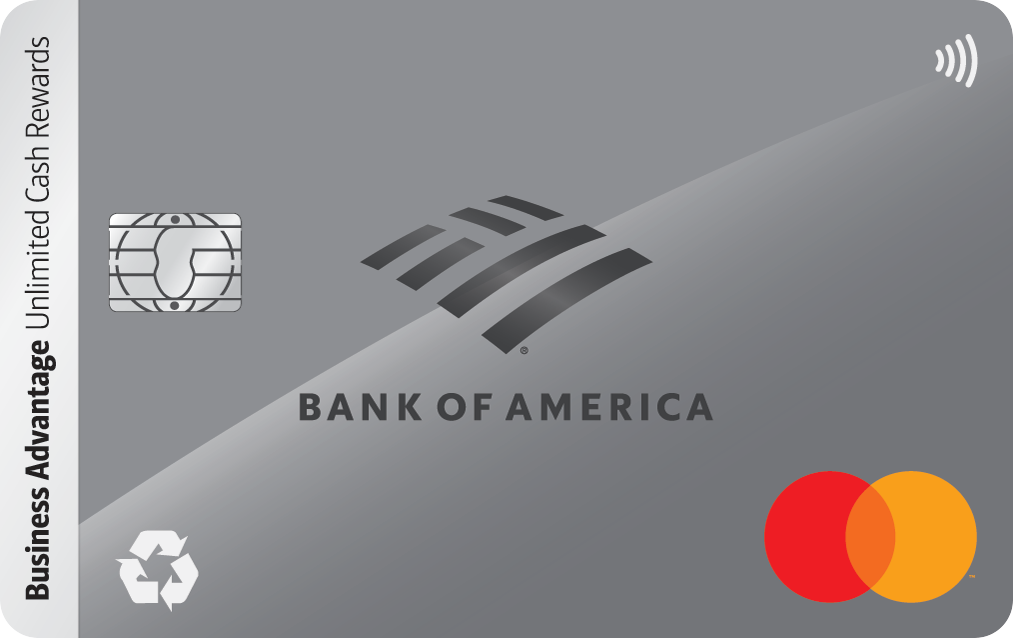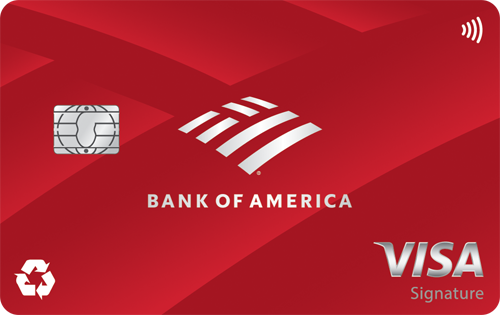High Risk, High Reward: How to Earn Over 100% APY Farming Crypto
There's no shortage of opportunities to earn unbelievable interest rates with crypto. But you need to be selective if you want to come out ahead.
Cryptocurrency offers quite a few ways to potentially make money. The traditional option is to buy a crypto you like and hope that the price goes up. That's only the tip of the iceberg, though. Another method that's rapidly growing in popularity is yield farming. This is when you lend out a cryptocurrency and earn interest on it.
The appeal of yield farming is that some projects offer extremely high interest rates. I've seen several with an annual percentage yield (APY) of over 100%. APY is the yearly interest earned on your deposit. You can even find projects offering over 1,000%.
As with anything that sounds too good to be true, there's a catch. First and foremost, interest is paid in crypto, meaning your earnings depend on that cryptocurrency's value. However, it's possible to get a large return by yield farming. Here's exactly how it works and what you need to watch out for.
How yield farming works
Yield farming involves looking for the biggest returns with crypto lending. There are plenty of sites out there that offer interest on crypto, but the highest interest rates are available with decentralized crypto exchanges (exchanges without a central authority). Here are a few of the biggest decentralized exchanges right now (which have the type of names you only see in the world of crypto):
- Uniswap
- Sushiswap
- BurgerSwap
- PancakeSwap
With all those exchanges, you can contribute to liquidity pools for different cryptocurrencies. A liquidity pool is a collection of crypto that people pool together to give the exchange liquidity. For example, if you lend your funds to an Ethereum liquidity pool, it gives the exchange more Ethereum to be used in transactions.
Everyone who lends to a liquidity pool receives a portion of the trade fees for that cryptocurrency. If you lend to an Ethereum liquidity pool, you'll receive a cut of the fees when users trade Ethereum.
How much can you earn this way? That depends on the exchange and the liquidity pool you choose. PancakeSwap includes the APY for all its pools. If you lend the exchange's own token (CAKE), you can earn an APY of over 130% at the time of this writing. There are pools with much higher interest rates, but the cryptocurrencies involved are also more volatile.
The drawbacks of yield farming
There are several risks and issues you can face when yield farming:
- The cryptocurrencies you're lending could decrease in value. This is called impermanent loss.
- Interest rates decrease as liquidity pools become more popular.
- Some liquidity pools turn out to be scams. Others end up getting hacked and losing their crypto.
Considering how volatile cryptocurrencies are, impermanent loss is always a possibility. The value of the crypto you lend could go down and potentially wipe out whatever gains you made from interest. A 100% APY doesn't mean much if you're earning that on a crypto that suffers a 90% price drop.
If the liquidity pool you choose does well, expect to see the interest rate go down. Pools without much value need to offer high interest rates to attract lenders. As more crypto gets added, interest rates decrease accordingly.
Last but not least, there's the subject of security. Liquidity pools are a popular playground for scammers. There have been many pools created solely to take people's crypto and run. Hackers also target exchanges and their liquidity pools. Last year, the popular Harvest Finance exchange lost $24 million in a hack. That's something you don't need to worry about if you let your money grow in high-yield savings accounts, since these almost always have FDIC insurance.
Should you farm crypto?
Yield farming is a high-risk, high-reward venture. It's also more complicated than simply buying and holding crypto. If you're willing to spend some time learning about it and checking out different liquidity pools, then it may be worth committing a small portion of your portfolio.
Because of the risk involved, I'd recommend putting no more than 1% of your investment portfolio in yield farming. You might want to start even smaller as you learn the ropes.
If you're looking for an option that's a little less risky, you could lend your crypto to a centralized exchange. The Gemini exchange is one example of a centralized exchange that offers a crypto lending program, Gemini Earn. Interest rates are much lower, but this is a more secure lending option. There's also the KuCoin exchange, where some crypto owners are earning 25% interest.
How to get started
Here's the process to farm crypto for the first time:
- Choose an exchange and a liquidity pool.
- Obtain the crypto needed for the pool you chose. You can trade other crypto for it on the exchange's site. You may also be able to buy it on one of the major cryptocurrency exchanges.
- Connect your wallet to the exchange. Each exchange has a button you can click to link your wallet and deposit crypto.
- Go to the pool you want and click on the button to add liquidity.
- Decide how much crypto to deposit and approve the transaction.
The most important part is choosing an exchange and a liquidity pool. Research the reputation of the exchange and the crypto you'll be lending. Even though you'll be earning interest, you still want a crypto that has the potential to grow and won't crash in value.
After you make your deposit, your crypto will be added to the pool and start earning interest. You can view your balance on the exchange at any time. Just go to the exchange's site, connect your wallet, and the pool will show your current balance.
If you want to withdraw your crypto, you can do that the same way. The only difference is that instead of choosing to add liquidity, you'll choose the withdrawal option. Some pools require you to commit your crypto for a set period of time or charge a fee if you withdraw yours too quickly. This isn't the case with every pool, though. Many let you withdraw at any time with no penalty.
It takes some time to get the hang of yield farming, and there are some serious risks involved. Due to those risks, it's not advisable to use yield farming as a substitute for buying stocks or putting money into your savings. But there is the potential for significant earnings, so it could work well as a small addition to your crypto portfolio.
Our Research Expert





